Welcome to our engaging blog post on Auckland Island pig facts! This article will delve into the fascinating world of Auckland Island pigs, covering their origin, size, physical characteristics, pros, and cons. These remarkable creatures have a rich history, originating from the Auckland Islands and making their way to different regions. We’ll explore their size and measurements, describing their appearance and unique traits. Additionally, we’ll discuss the benefits of raising these pigs, as well as the challenges that come with keeping them.
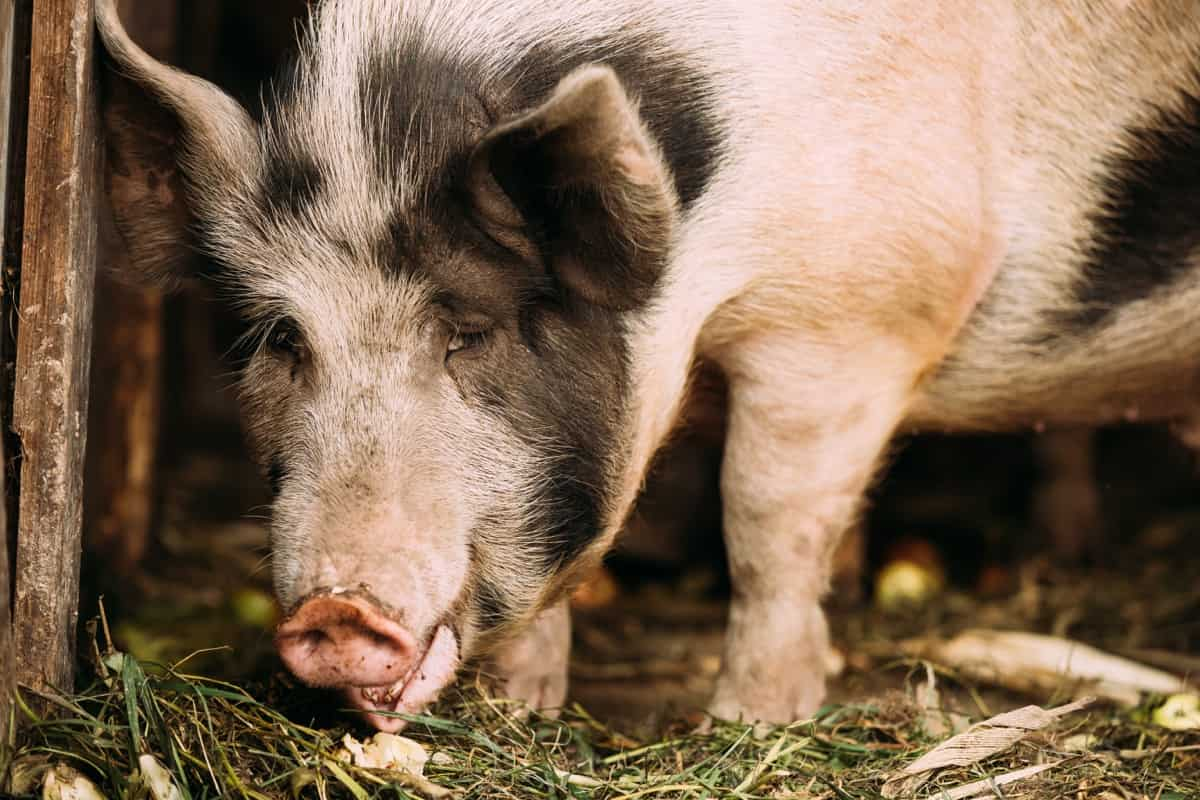
Auckland Island Pig Facts
Introduction to Auckland Island Pig
The Auckland Island pig is a unique breed of domestic pig (Sus scrofa) that is considered feral but is now managed for conservation purposes. These pigs can be found on the subantarctic Auckland Island in New Zealand. Their ancestors have been on the island since 1807, making them an integral part of its ecosystem. These pigs have significantly impacted the island’s environment as an invasive species. The Auckland Island pig originated in New Zealand, and their distribution is limited to the Auckland Islands.
Auckland Island Pig Origin and History
During the 18th and 19th centuries, European settlers introduced domestic pigs to several subantarctic islands, including Auckland Island. The pigs were brought to the island as a food source for stranded sailors and visiting whalers. The initial release of pigs occurred in 1807, followed by subsequent liberations in 1840, 1842, and the 1890s.
As time passed, the pigs on Auckland Island established a thriving population of mixed origin. These pigs roamed undisturbed for many years, leading to interbreeding and the development of a distinct local population. Their genetic makeup became unique to the island, shaping the characteristics and traits of the Auckland Island pig.
Size of Auckland Island Pigs
The size of Auckland Island pigs varies between males and females. Male Auckland Island pigs weigh around 41.7 kilograms (92 lb), while females have an average weight of approximately 37.3 kilograms (82 lb). These measurements give us a general idea of their size and weight. Auckland Island pigs belong to the species Sus domesticus, which is the scientific name for domestic pigs.
In case you missed it: Australian Yorkshire Pig Facts: Origin, Size, Physical Characteristics, Pros, and Cons
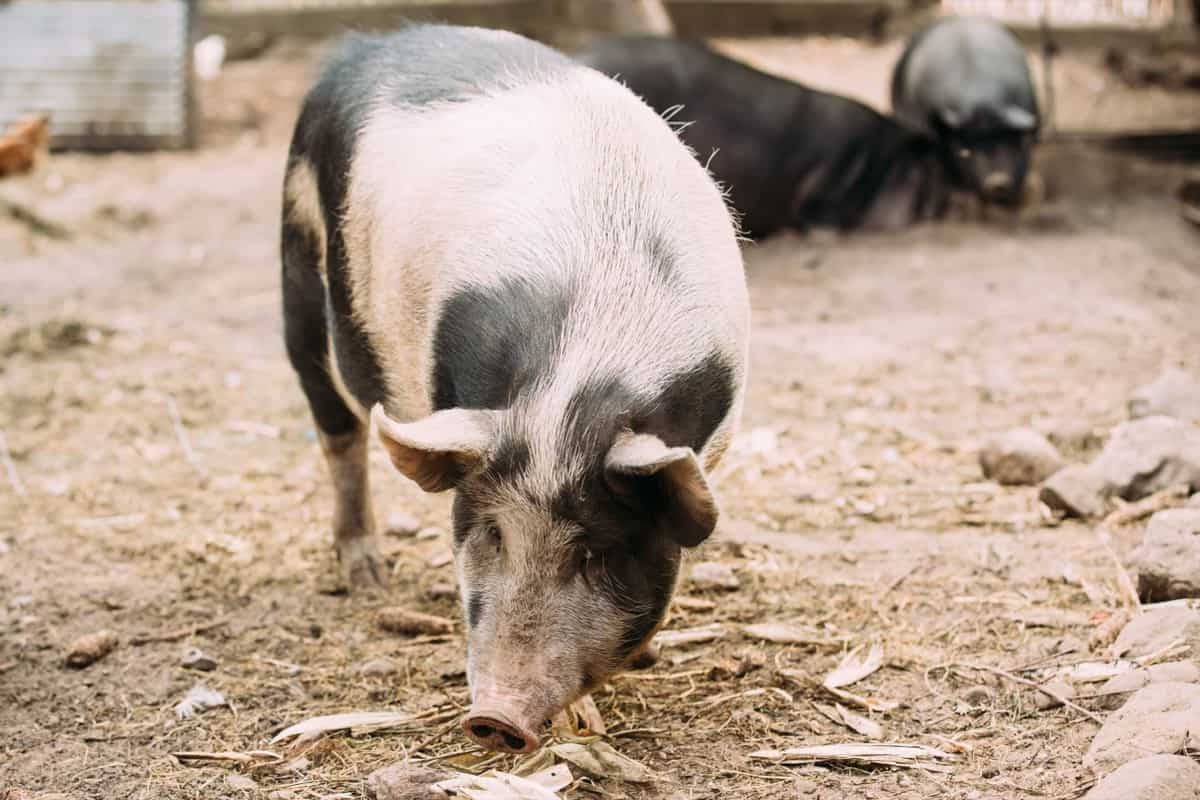
Unique Features of Auckland Island Pigs
- Auckland Island pigs were first introduced to the island in 1807 as a food source for whalers and shipwrecked sailors.
- The pig population thrived; additional releases occurred in 1840, 1842, and 1890s.
- Over time, the pigs developed unique characteristics, such as long narrow heads, snouts, and straight tails.
- They exhibited athleticism and were relatively small in size.
- Most Auckland Island pigs were black, but some had black and tan coloration, and a few had white markings.
- In 1999, a Rare Breeds Society expedition rescued seventeen pigs, including pregnant sows, from Auckland Island.
- These rescued pigs were taken to a specially built facility in Invercargill for breeding and conservation purposes.
- The future of the rescued Auckland Island pigs is promising, as efforts are being made to ensure their survival and continued breeding success.
Characteristics of Auckland Island Pig Breed
- The Auckland Island pig breed shares physical similarities with feral pigs found on the main island of New Zealand.
- They have thick hair coats that come in black, white, or brown with black markings.
- Auckland Island pigs possess long, narrow heads, snouts, and straight tails.
- They are relatively small in size and display remarkable athleticism.
- Adult boars of the breed weigh an average of 41.7 kilograms (92 lb), while adult sows weigh around 37.3 kilograms (82 lb).
- Regarding genetics, the Auckland Island pig population shows less variation than other pig breeds in Europe and Asia.
- Due to their relatively low exposure to pathogens, these pigs have been utilized to establish a bio-certified herd to derive cells for xenotransplantation, a medical procedure involving transplanting animal cells into humans.
Benefits of Raising Auckland Island Pigs: Pros and Advantages
- Auckland Island pigs are hardy and adaptable, making them suitable for different environmental conditions.
- The meat of Auckland Island pigs is renowned for its exceptional flavor and tenderness.
- Their relatively small size makes them ideal for small-scale farming operations.
- Raising these pigs conserves a rare and unique breed, preserving biodiversity and heritage.
- Auckland Island pigs exhibit higher resistance to certain diseases due to limited exposure.
- They are self-sufficient foragers, reducing dependency on supplementary feeds.
- These pigs can assist in land management by clearing underbrush and controlling invasive plants through rooting behavior.
- Raising Auckland Island pigs offers educational and ecotourism opportunities, showcasing their history and conservation efforts.
In case you missed it: Pietrain Pig Facts: Origin, Size, Physical Characteristics, Pros, and Cons
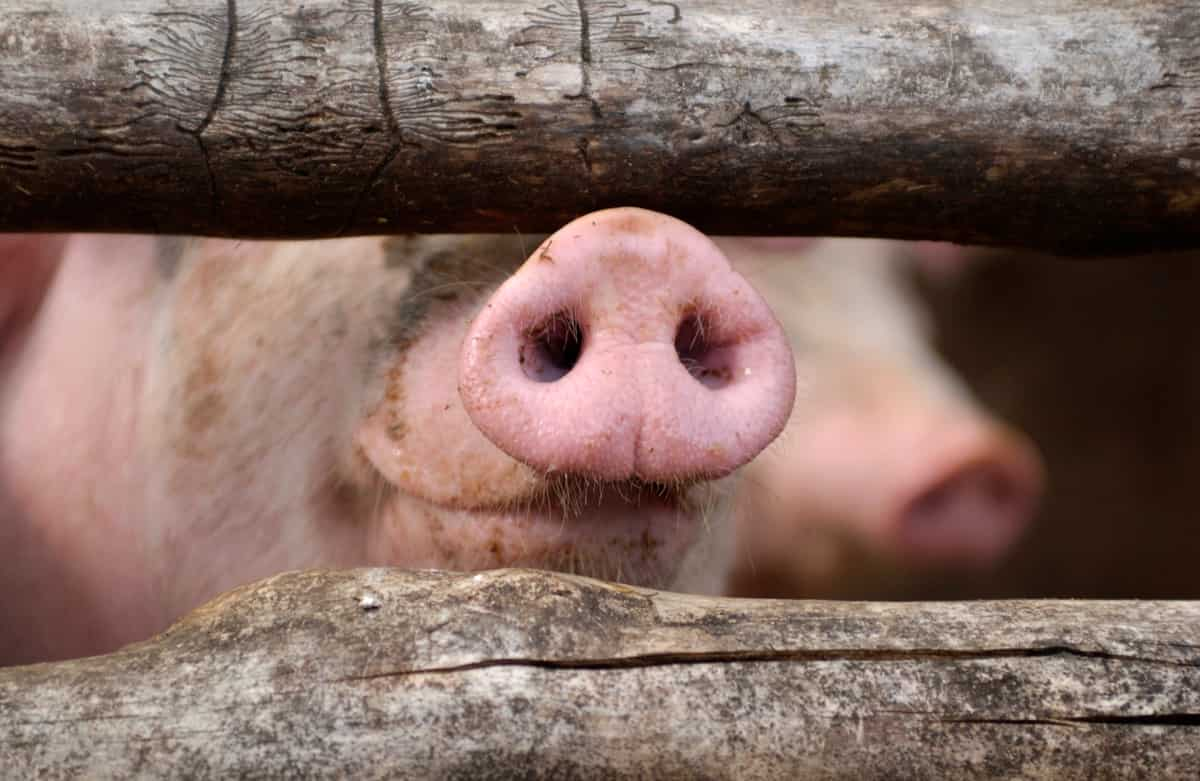
Drawbacks of Keeping Auckland Island Pigs: Cons and Challenges
- Limited Availability: Acquiring Auckland Island pigs can take time and effort due to their rarity.
- Breeding Challenges: Maintaining a genetically diverse population can be difficult from a limited number of breeding individuals.
- Cost of Conservation: The conservation and management of Auckland Island pigs may require additional resources and financial investment.
- Specific Care Requirements: These pigs may have unique care needs that require specialized knowledge and attention.
Auckland Island Pig Habitat and Natural Environment
- Subantarctic Environment: The Auckland Islands have a cool, temperate maritime climate with frequent rainfall and strong winds. The pigs have adapted to thrive in this challenging environment.
- Remote Island Setting: Auckland Island pigs reside in a remote and relatively untouched location characterized by rugged coastlines, steep slopes, and dense vegetation.
- Forested Areas: These pigs are found in forested areas, including native coastal forests and subalpine regions. The dense vegetation provides them with shelter and foraging opportunities.
- Ecological Impact: As an invasive species, Auckland Island pigs have significantly impacted the island’s ecosystem. Their rooting behavior can disturb soil and vegetation, altering the composition of plant communities.
- Interactions with Native Wildlife: Pigs can affect native Wildlife, as they compete for food resources and may prey on smaller animals or disturb nesting sites.
- Limited Predation: Due to the absence of natural predators on the island, Auckland Island pigs face fewer threats from predation, allowing their population to grow and spread.
- Conservation Efforts: Conservation initiatives aim to manage the population of Auckland Island pigs to mitigate their impact on the ecosystem while preserving the breed’s genetic diversity.
- Protected Areas: Some areas of the Auckland Islands have been designated as nature reserves or protected zones to safeguard the unique flora, fauna, and habitats, including those where the pigs reside.
Behavior and Ecology of Auckland Island Pig
Distribution and Habitat
- By the late 20th century, a significant population of Auckland Island pigs occupied the entire island, with equal numbers of males and females.
- During the summer, the pigs can be found in both the coastal forest and the high open country, while in winter, they mainly reside in the coastal forest.
- Auckland Island pigs have a simple diet consisting mostly of plant food. They consume various plants, earthworms, bark, invertebrates, and even the regurgitations of sea lions.
In case you missed it: Successful Pig Farm Management and Operational Strategies: A Complete Guide
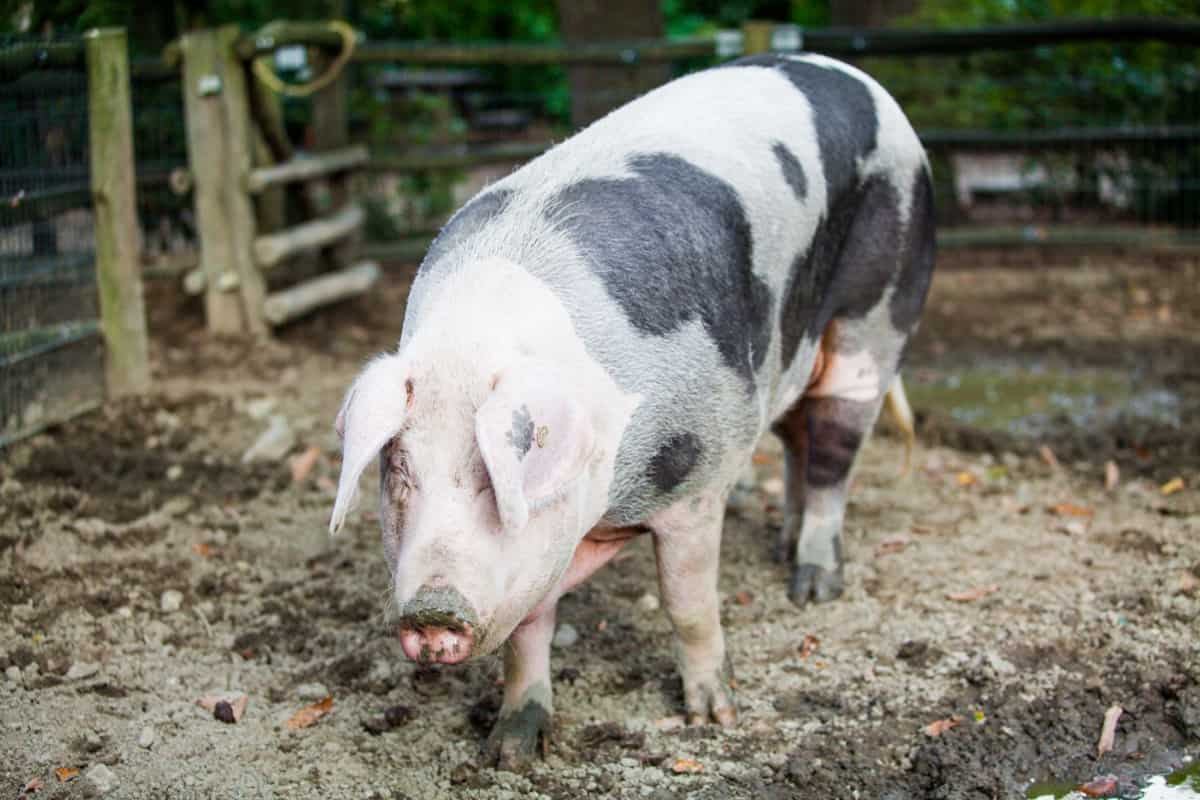
Effects on Vegetation and Wildlife
- The pigs have caused significant damage to the island’s flora, except for plant communities located on inaccessible cliffs.
- The depletion of plant food resources has kept the pig population relatively low on Auckland Island.
- The feral pigs have negatively impacted other Wildlife on the island by digging up bird burrows and preying on their eggs, including petrels, albatrosses, mollymawks, penguins, and shags.
Management
- The New Zealand Department of Conservation decided to eradicate introduced species on the Auckland Islands to restore the natural ecosystems.
- The Rare Breeds Conservation Society of New Zealand (RBCSNZ) took action to preserve the Auckland Island pig population in captivity.
- In 1999, an RBCSNZ expedition captured and relocated 17 pigs, including pregnant sows, from Auckland Island to Invercargill, New Zealand.
- The captive population has successfully bred, ensuring the breed’s conservation without endangering its variety.
Auckland Island Pig Diet and Feeding Requirements
- Plant-based Diet: The primary component of the Auckland Island pig’s diet is plant food. They consume various plants, including leaves, grasses, roots, and fruits.
- Opportunistic Foragers: These pigs are opportunistic foragers and will readily feed on available vegetation in their habitat. They can adapt to different plant species depending on seasonal availability.
- Additional Food Sources: In addition to plants, Auckland Island pigs may also consume earthworms, bark, invertebrates, and the regurgitations of sea lions.
- Foraging Behavior: These pigs use their snouts to root through the soil and vegetation for food. They have adapted to utilize natural resources in their environment efficiently.
- Self-Sufficiency: Auckland Island pigs have developed self-sufficiency in finding food, reducing their dependency on supplementary feeding. They rely on the diverse plant life in their habitat.
- Limited Resources: The depletion of plant food resources on Auckland Island has affected the pig population, keeping it relatively low due to limited food availability.
In case you missed it: Disease Prevention and Management in Commercial Pig Farms
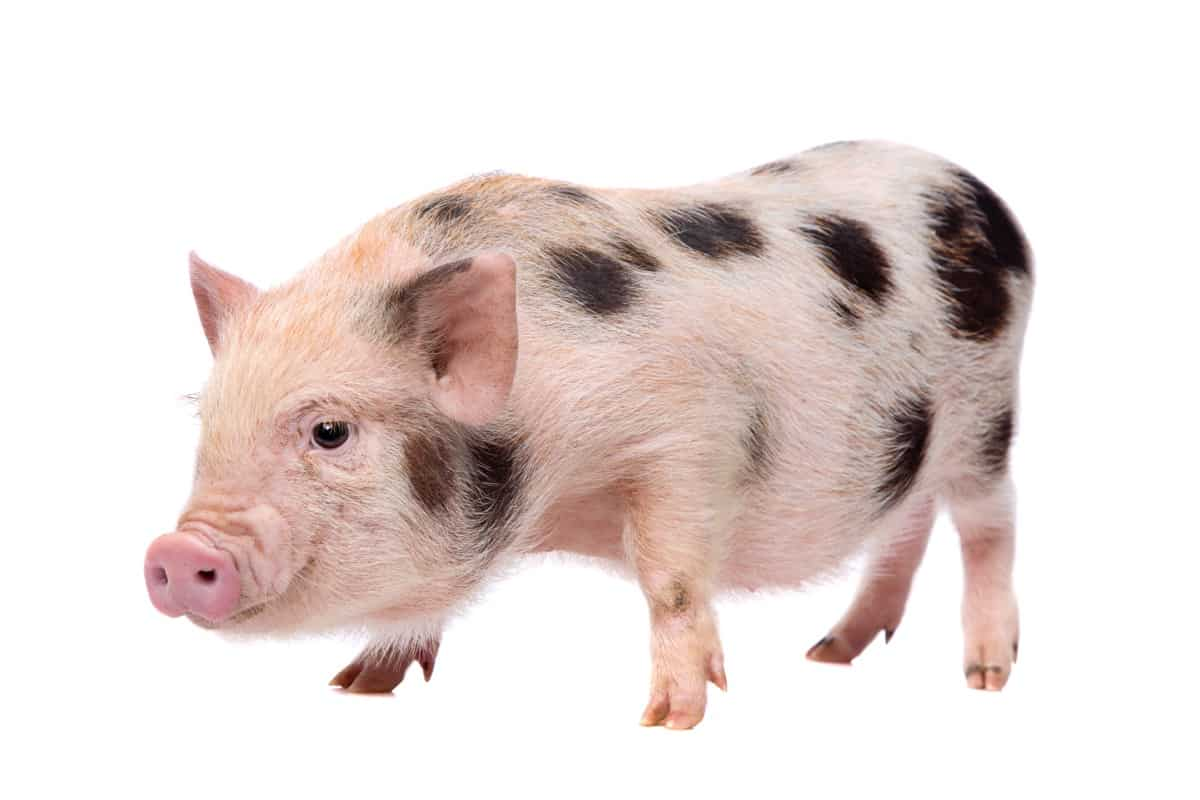
Auckland Island Pig Breeding and Reproduction Facts
- Breeding Season: Auckland Island pigs do not have a specific breeding season. They are capable of reproducing throughout the year.
- Sexual Maturity: Female pigs, known as sows, reach sexual maturity at around 8-12 months, while males, known as boars, become sexually mature at approximately 9-12 months.
- Gestation Period: The gestation period for Auckland Island pigs is approximately 114-120 days (3-4 months). Sows typically give birth to a litter of piglets after this period.
- Litter Size: The average litter size of Auckland Island pigs ranges from 3 to 6 piglets. However, larger litters of up to 10 piglets have been recorded.
- Maternal Care: Sows exhibit strong maternal instincts and provide care and nourishment to their piglets after birth. They nurse and protect the piglets until they are independent.
- Reproductive Lifespan: Auckland Island pigs have a relatively long reproductive lifespan. Sows can continue to reproduce until they reach an older age, usually around 5-6 years.
- Breeding Management: Controlled breeding programs may be implemented to maintain genetic diversity and manage the population of Auckland Island pigs in conservation efforts.
Auckland Island Pig Conservation Status and Efforts
- Conservation Status: The Auckland Island pig is classified as “At Risk—Recovering” on the New Zealand Threat Classification System, indicating that it is a species in need of conservation efforts.
- Population Decline: The pig population has been significantly reduced due to its historical impact on the island’s ecosystem and the introduction of conservation programs.
- Eradication Programs: The Department of Conservation in New Zealand implemented eradication programs to remove introduced species, including feral pigs, to restore the natural ecosystem of the Auckland Islands.
- Captive Breeding: The Rare Breeds Conservation Society of New Zealand played a crucial role in preserving the Auckland Island pig population by capturing and relocating a number of pigs to a captive breeding facility.
- Genetic Diversity: Conservation efforts focus on maintaining genetic diversity within the population through careful breeding programs, preventing inbreeding, and preserving the breed’s unique characteristics.
- Research and Monitoring: Ongoing research and monitoring projects are conducted to assess the population size, distribution, and impact of Auckland Island pigs on the native flora and fauna.
- Ecological Restoration: By reducing the number of feral pigs, conservation efforts aim to restore the natural vegetation and habitats of the Auckland Islands, benefiting the overall ecosystem.
In case you missed it: How to Build a Low-cost Pig House: DIY Steps, Barn Design, Shed Requirements, and Cheap Ideas
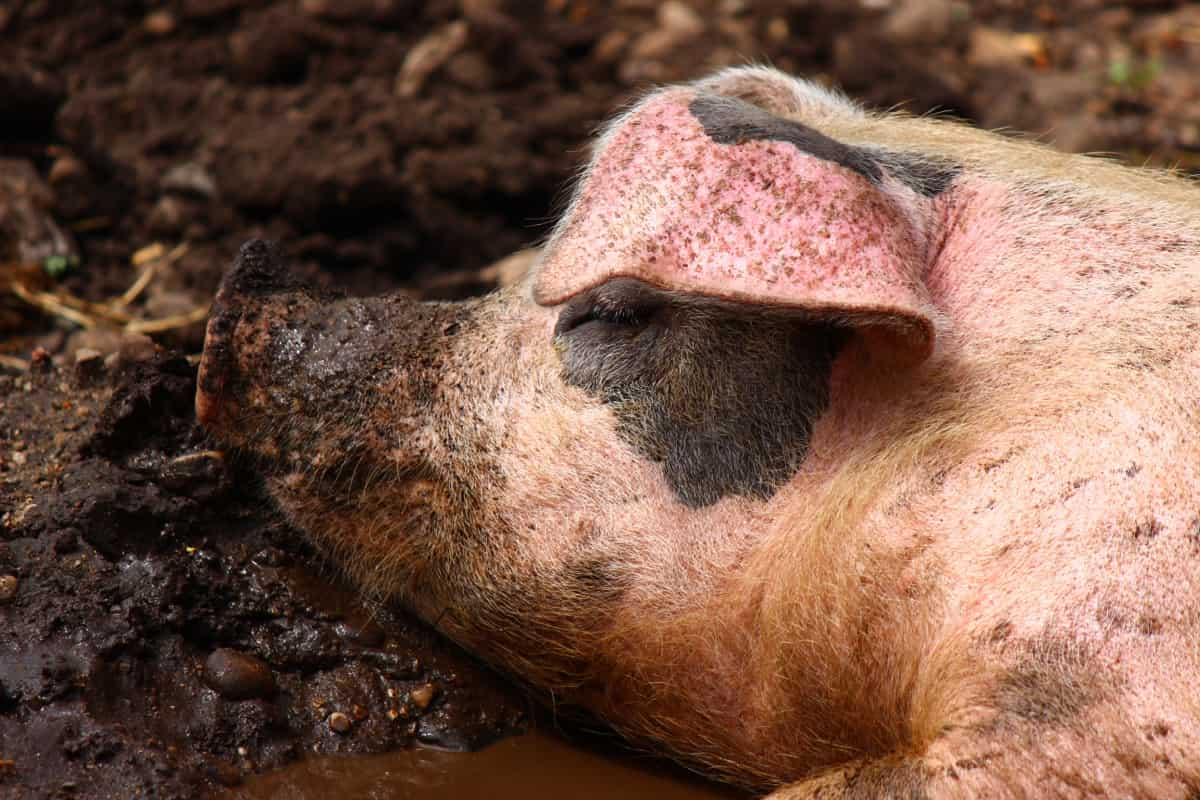
Conclusion
The Auckland Island pig is a unique breed with a fascinating origin, small size, distinct physical characteristics, and both pros and cons to consider. Understanding its history and traits is essential for conservation and informed decision-making.
- Modern Sheep Farming Technology: The Future of Sheep Husbandry
- Goat Farming Technology: The Future of Goat Husbandry
- How to Build a Low-budget Goat Shed: Cheap Ideas and Tips
- Goat Farming Training Programs in India: A Beginner’s Guide
- Types of Pesticides Used in Agriculture: A Beginner’s Guide
- Economical Aquaculture: A Guide to Low-Budget Fish Farming
- 15 Common Planting Errors That Can Doom Your Fruit Trees
- How to Make Houseplants Bushy: Effective Tips and Ideas
- Innovative Strategies for Boosting Coconut Pollination and Yield
- Pollination Strategies for Maximum Pumpkin Yield
- The Complete Guide to Chicken Fattening: Strategies for Maximum Growth
- Natural Solutions for Tulip Problems: 100% Effective Remedies for Leaf and Bulb-Related Issues
- Revolutionizing Citrus Preservation: Towards a Healthier, Greener Future
- Natural Solutions for Peony Leaf and Flower Problems: 100% Effective Remedies
- Maximizing Profits with Avocado Contract Farming in India: A Comprehensive Guide
- Natural Solutions for Hydrangea Problems: 100% Effective Remedies for Leaf and Flowers
- The Ultimate Guide to Choosing the Perfect Foliage Friend: Bringing Life Indoors
- From Sunlight to Sustainability: 15 Ways to Use Solar Technology in Agriculture
- The Ultimate Guide to Dong Tao Chicken: Exploring from History to Raising
- The Eco-Friendly Makeover: How to Convert Your Unused Swimming Pool into a Fish Pond
- Mastering the Art of Delaware Chicken Farming: Essentials for Healthy Backyard Flocks
- 20 Best Homemade Fertilizers for Money Plant: DIY Recipes and Application Methods
- How to Craft a Comprehensive Free-Range Chicken Farming Business Plan
- Brighten Your Flock: Raising Easter Egger Chickens for Beauty and Bounty
- How to Optimize Your Poultry Egg Farm Business Plan with These Strategies
- Subsidy for Spirulina Cultivation: How Indian Government Schemes Encouraging Spirulina Farmers
- Ultimate Guide to Raising Dominique Chickens: Breeding, Feeding, Egg-Production, and Care
- Mastering the Art of Raising Jersey Giant Chickens: Care, Feeding, and More
- Ultimate Guide to Raising Legbar Chickens: Breeding, Farming Practices, Diet, Egg-Production
- How to Raise Welsummer Chickens: A Comprehensive Guide for Beginners
- How to Protect Indoor Plants in Winter: A Comprehensive Guide
- Ultimate Guide to Grow Bag Gardening: Tips, Tricks, and Planting Ideas for Urban Gardeners
- Guide to Lotus Cultivation: How to Propagate, Plant, Grow, Care, Cost, and Profit
- Agriculture Drone Subsidy Scheme: Government Kisan Subsidy, License, and How to Apply Online
- Ultimate Guide to Raising Araucana Chickens: Breed Profile, Farming Economics, Diet, and Care
- Bringing Hydroponics to Classroom: Importance, Benefits of Learning for School Students